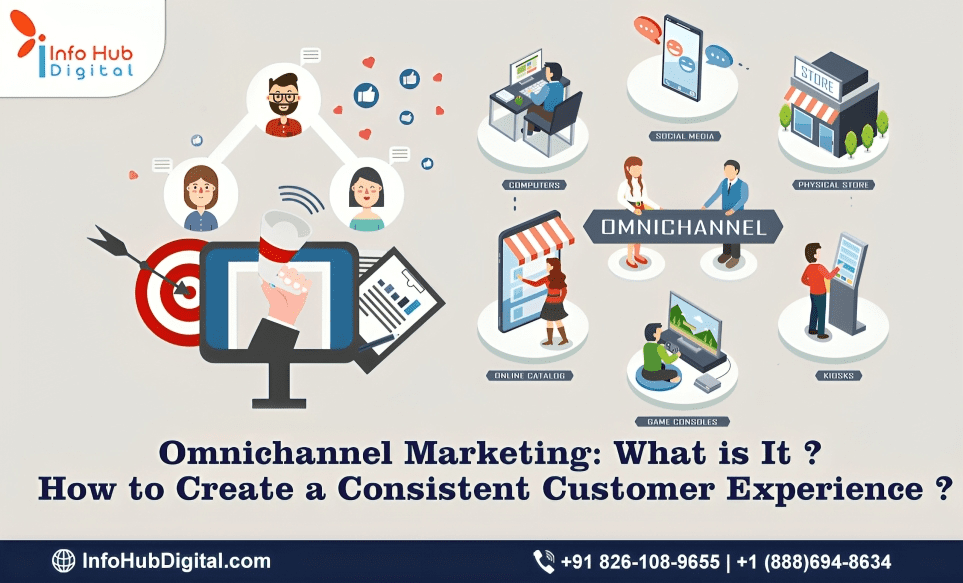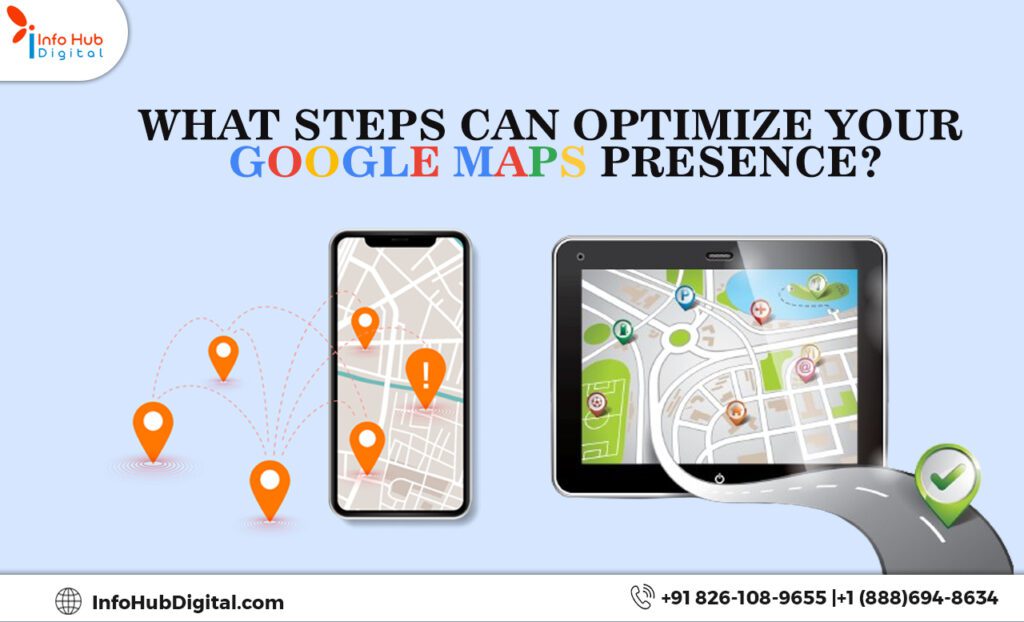Table of Contents
Introduction: The Evolution of Marketing
As customer behavior evolves, businesses must adapt to keep up with the changing dynamics of consumer engagement. Traditional single-channel marketing is no longer sufficient to meet customer expectations. Enter omnichannel marketing, a strategy that integrates all customer touchpoints into a seamless and unified experience. But what exactly is omnichannel marketing, and how can businesses create a consistent customer experience using this approach? Let’s explore.
What is Omnichannel Marketing?
Defining Omnichannel Marketing
Omnichannel marketing is a strategy that provides customers with a cohesive and consistent experience across all channels and platforms. Whether a customer interacts with your brand via a physical store, website, mobile app, social media, or email, omnichannel marketing ensures they receive the same level of service, messaging, and experience.
This approach goes beyond simply having multiple channels; it focuses on integrating them. For example, a customer browsing your website should have the same seamless experience when they switch to your mobile app or visit your store.
Why Omnichannel Marketing Matters?
In today’s interconnected world, customers expect convenience and consistency. A disjointed experience—such as receiving conflicting messages across platforms—can lead to frustration and lost business. Omnichannel marketing not only enhances customer satisfaction but also boosts brand loyalty and drives higher sales by delivering personalized, relevant interactions at every touchpoint.
Key Components of Omnichannel Marketing
1. Unified Customer Data
A successful omnichannel strategy relies on collecting and integrating customer data from all channels. This unified data provides insights into customer preferences, behaviors, and purchase history, allowing businesses to deliver tailored experiences.
2. Consistent Messaging
Consistency in tone, visuals, and messaging is critical. Whether a customer reads an email, sees a social media ad, or visits your store, they should instantly recognize your brand and its values.
3. Seamless Technology Integration
Technology plays a vital role in omnichannel marketing. CRM systems, marketing automation tools, and analytics platforms must work together to create a unified system that supports real-time interactions and insights.
How to Create a Consistent Customer Experience with Omnichannel Marketing?
Step 1: Understand Your Customer Journey
To implement an effective omnichannel strategy, start by mapping out your customer’s journey. Identify the key touchpoints and channels they use to interact with your brand. This understanding will help you focus on areas where consistency is most crucial.
Step 2: Leverage Personalization
Use customer data to deliver personalized experiences. For instance, recommend products based on browsing history, send tailored promotions, or address customers by name in emails. Personalization makes customers feel valued and strengthens their connection with your brand.
Step 3: Integrate All Channels
Ensure that all your channels—online and offline—are interconnected. For example:
- Allow customers to check in-store availability online.
- Enable seamless transitions between devices (e.g., saving a cart on mobile and accessing it on desktop).
- Provide consistent support through chatbots, email, and in-store assistance.
Step 4: Invest in the Right Tools
Adopt technology that supports omnichannel efforts. Tools like customer relationship management (CRM) systems, marketing automation platforms, and analytics software are essential for tracking customer interactions and optimizing campaigns.
Step 5: Train Your Team
Your employees play a crucial role in delivering a consistent customer experience. Train them to understand and implement the omnichannel strategy, ensuring they provide the same level of service across all touchpoints.
Step 6: Monitor and Optimize
Regularly evaluate your omnichannel efforts. Use analytics to track performance, gather feedback from customers, and make necessary adjustments to improve the overall experience.
Benefits of Omnichannel Marketing
Enhanced Customer Satisfaction
When customers receive consistent and personalized interactions, their satisfaction increases. They feel valued and understood, which enhances their loyalty to your brand.
Increased Revenue
A seamless and engaging customer experience drives more sales. Research shows that businesses with robust omnichannel strategies retain more customers and achieve higher revenue growth.
Improved Brand Recognition
Consistency across channels reinforces your brand identity. Over time, this builds trust and makes your brand more recognizable in a crowded market.
Real-World Examples of Omnichannel Success
Starbucks
Starbucks excels at omnichannel marketing with its rewards app. Customers can check and reload their balance, place orders, and earn rewards seamlessly across devices. Whether ordering online or in-store, the experience remains consistent and user-friendly.
Nike
Nike integrates its physical stores with its app and website to create a cohesive experience. Customers can browse products online, check availability in nearby stores, and even book appointments for personalized shopping experiences.
Conclusion: Elevate Your Marketing with Omnichannel Strategies
Omnichannel marketing is no longer optional; it’s essential for businesses aiming to meet modern customer expectations. By integrating channels, delivering consistent messaging, and leveraging data-driven personalization, businesses can create memorable experiences that drive loyalty and revenue.
At Info Hub Digital, we specialize in helping businesses implement innovative omnichannel strategies. As the best digital marketing service provider in India and the US, we ensure your brand stands out across every touchpoint. Partner with us to take your marketing to the next level!







